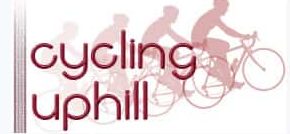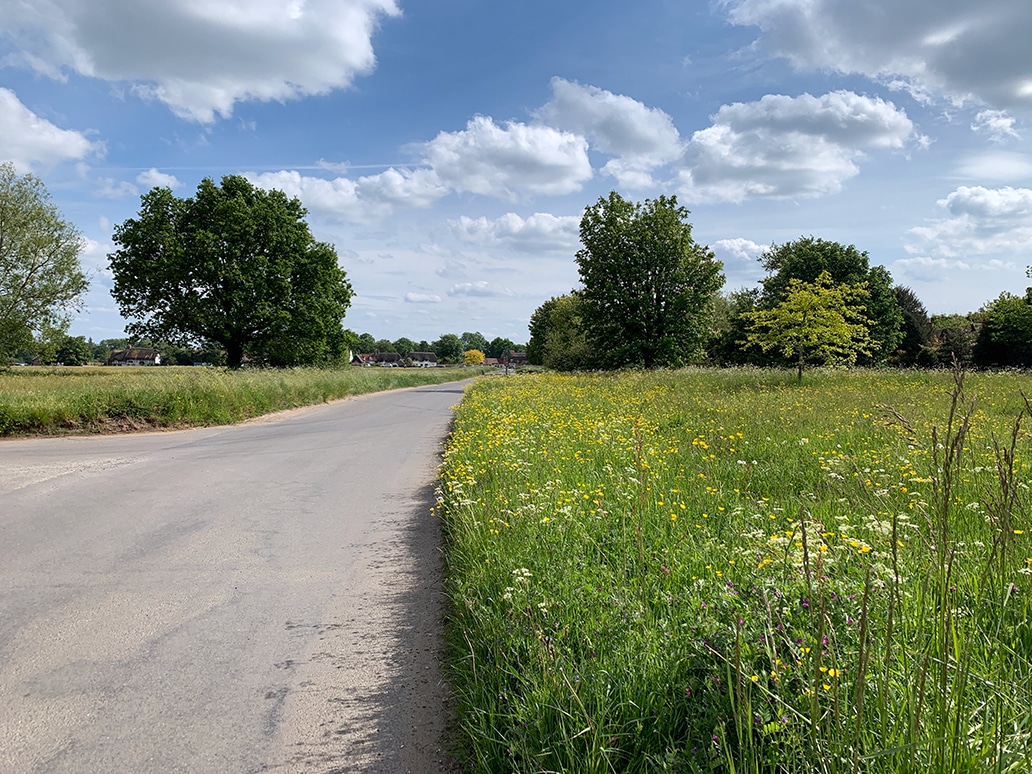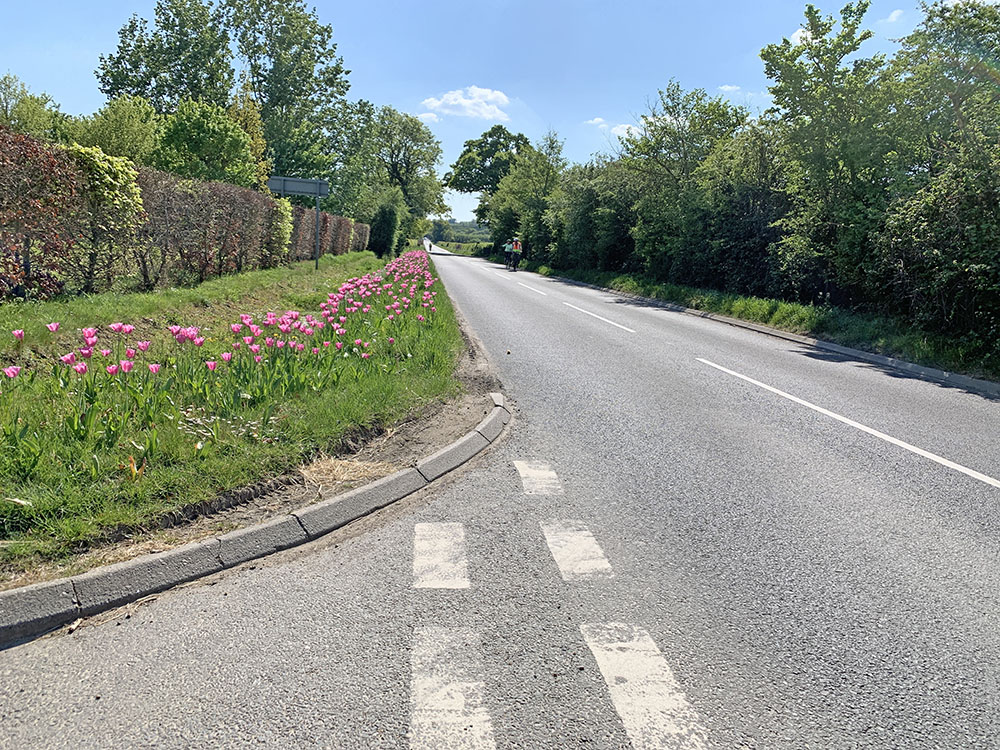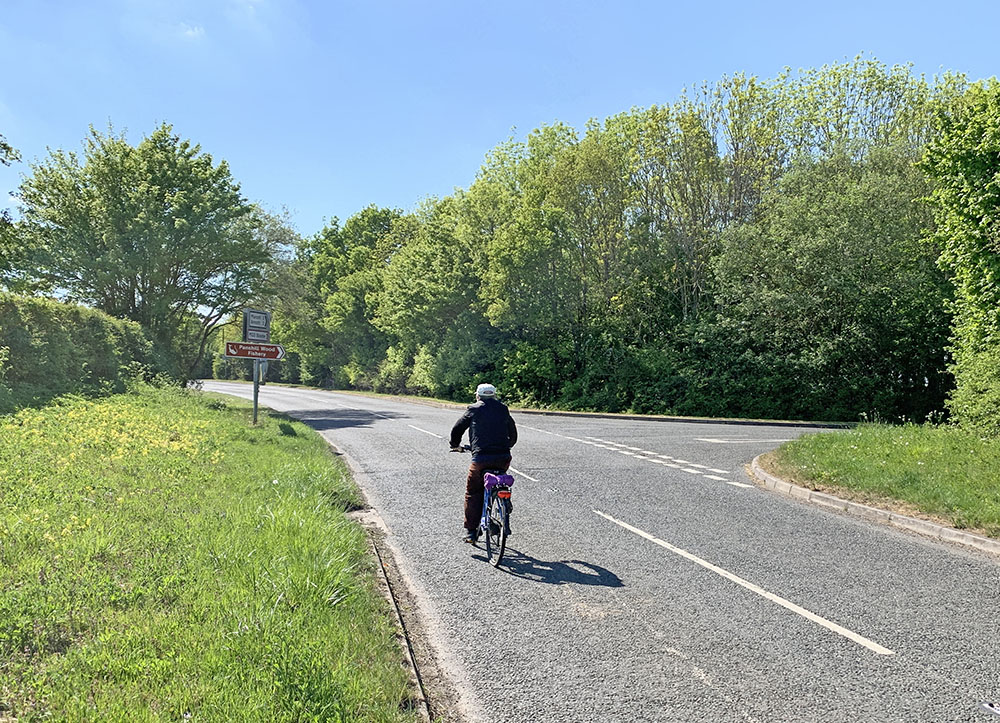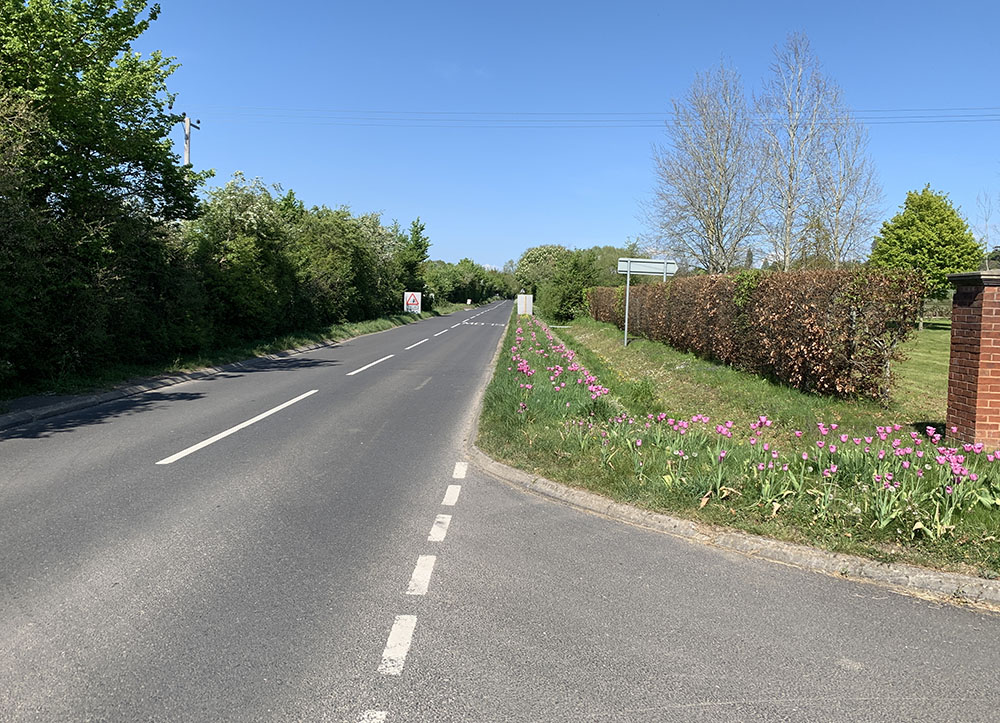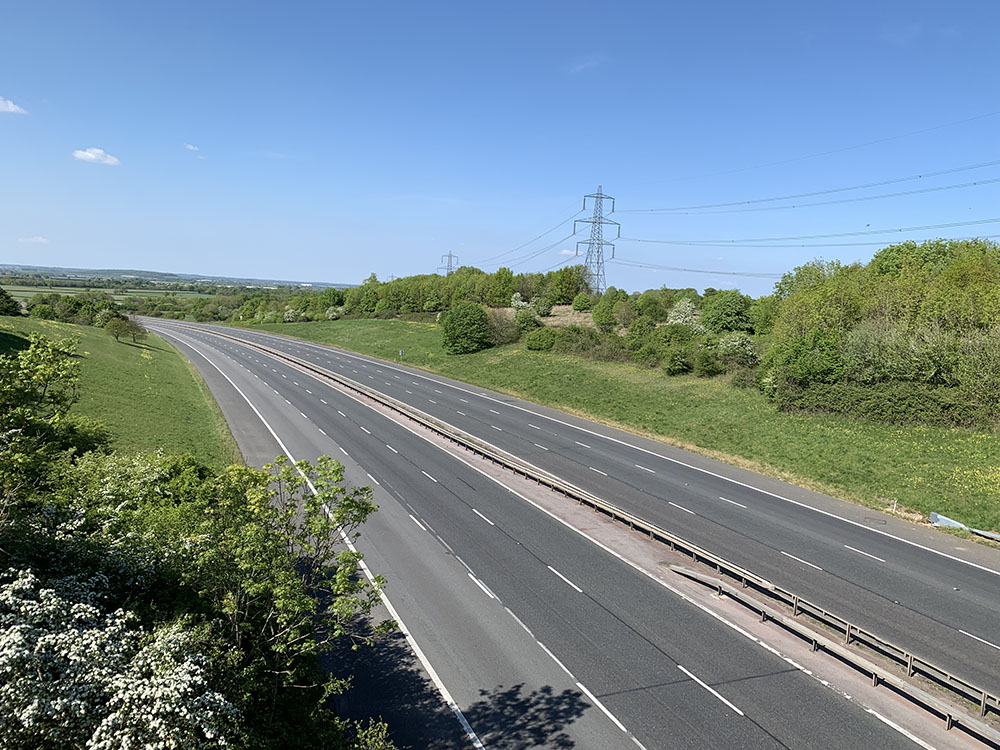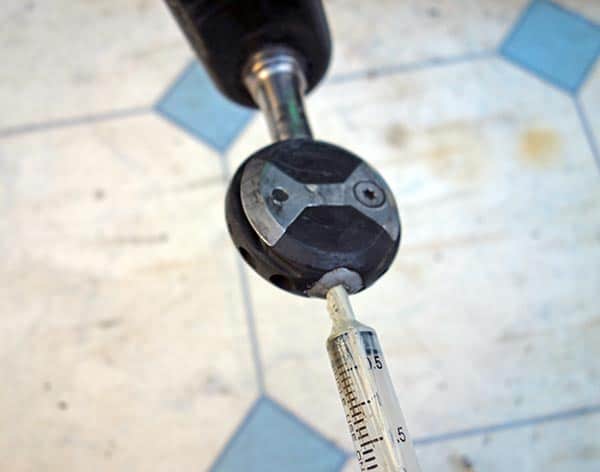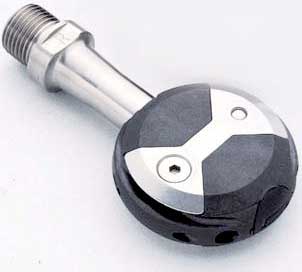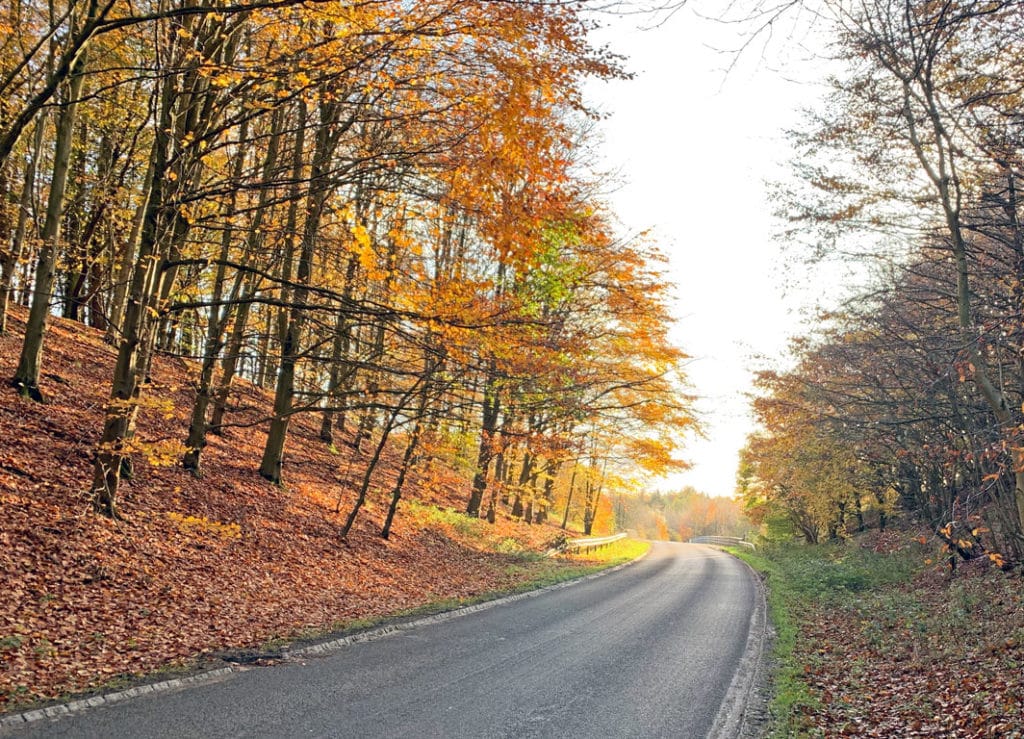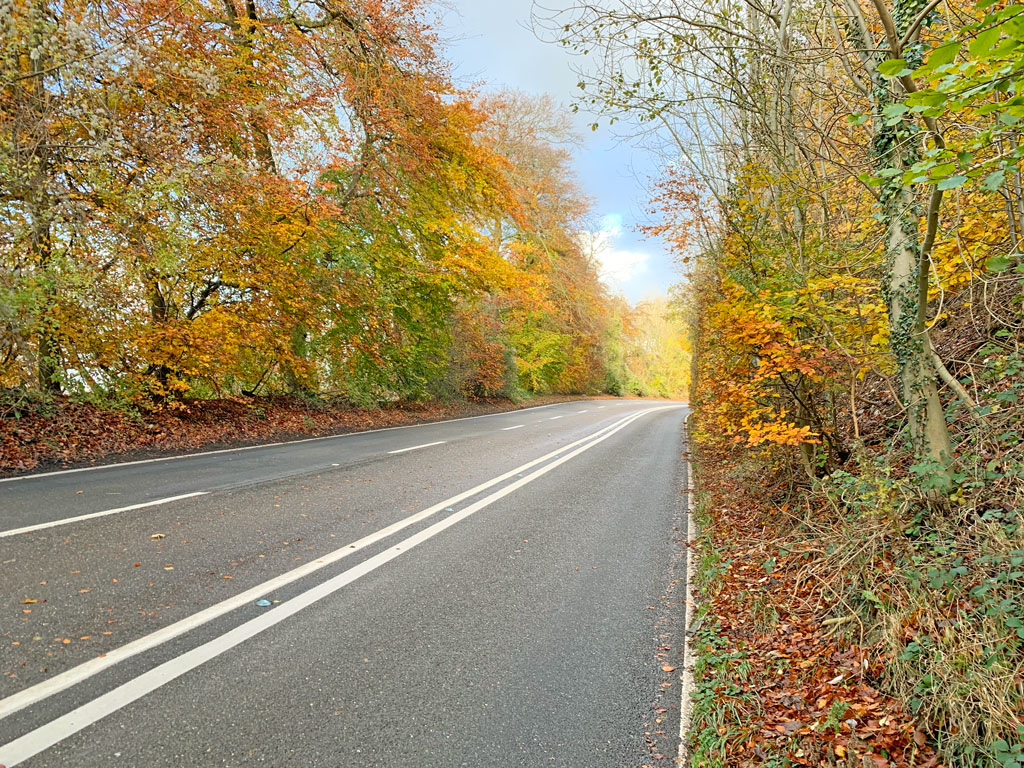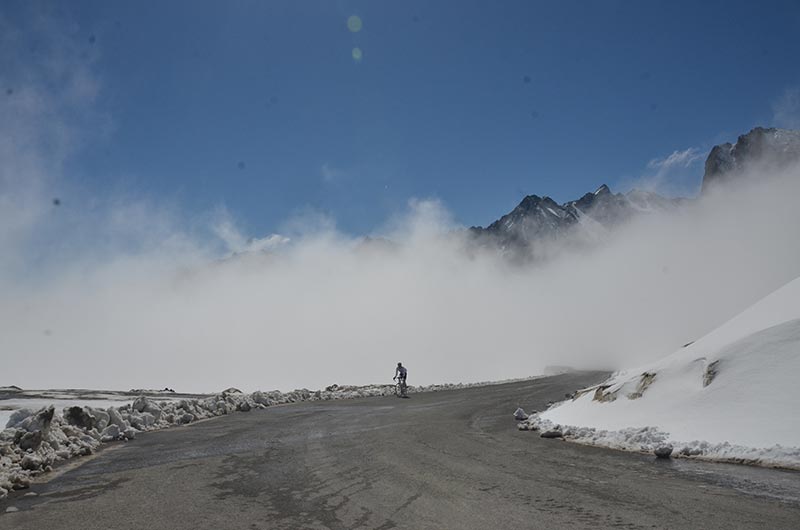Yesterday was the longest day of the year and many seemed to have availed the opportunity to post monster rides 200km. It seems if you’re not everesting your local hill, it’s just a recovery ride these days. I managed my own ‘epic’ ride, a relatively modest 70 miles to Bourton on the Water. It was an enjoyable ride – good weather, good tempo and nice to get to roads and parts of the Cotswolds I’ve seen very little of in the past few years.

Since trying to get back into cycling this year my rides have tended to be either very fast or very short and slow. I’ve had difficulty recovering from rides, so tend to go out every three days. If I only go out 2 or 3 times a week, I like to cycle fast because that is what I enjoy most. That’s my logic anyway.
When I had a bad injury, people asked about an e-bike. It would be nice to see the countryside, but I can’t see myself using one. For me, the real attraction of cycling is making a big effort and trying to improve fitness. The scenery by the side of the road is secondary – though with days like yesterday definitely a big bonus.
Fast roads of new roads?
When riding I tend to choose well-travelled routes which minimise stopping, right turns and traffic jams. I have an encyclopedic knowledge of Oxfordshire roads and which can enable you to cycle a long way without having to stop. Even after all these years, I like to see a good average speed, and often start my Garmin after getting the slow two miles out of town.
Sometimes I like to try and go on new roads, but I generally end up back on the tried and test roads which give the best momentum. The ideal is to cycle an hour into a headwind and then fly back on some B road. It can be flat or hilly. The main thing is the feeling of speed and effort.
After all these short fast rides, I wanted to do a different kind of ride to Bourton, no big efforts, just steady pace and do the highest mileage for a couple of years. I made it to the beautiful village of Bourton on the Water and it seems many others had the same idea. After months of being cooked up inside, it is understandable people wished to stretch their legs. I didn’t hang around in Bourton though, the queue for the ice-cream takeaway seemed to snake around half the village.
There was only one big climb of the day, through Little Rissington. It is one of those climbs, where you can go pretty quick because it’s not too steep, there are a few corners to accelerate out of in the village and it makes a really quite nice climb. I would have stopped to take a photo, but once your cycling uphill, you don’t want to stop your momentum and lose your precious average speed.
Little Rissington climb
- Location: Little Rissington, Cotswolds
- Distance: 1.5 miles
- Average gradient: 5%
- Maximum gradient: 12%
- Height gain 117 m
- 100 climbs: 102
- Strava segment
- Direction: East
Veloviewer
